Chemistry and Chemists № 1 2024
Journal of Chemists-Enthusiasts
| Content | Chemistry experiments - video | Physics experiments - video | Home Page - Chemistry and Chemists |
|
Chemistry and Chemists № 1 2024 Journal of Chemists-Enthusiasts |
Flowers change colour: effect of alkalis and acids on plant dyes - pt.28, 29 V.M. Viter |
|
Having noticed a mistake in the text, allocate it and press Ctrl-Enter
Hedlundia hybrida fruit, ammonia and nitric acid - pt.28
By this time, I had conducted several dozen experiments with plant pigments, illustrating how natural dyes change colour at different pH values of the solution. Monotonous experiments can become boring for both the author and the readers. It would be reasonable to change the subject of the experiments. First, list plants for future experiments (mainly species with bright flowers or fruits), then start experiments in another field. For example, I can return to plants from this list in a year.
Плоды Hedlundia hybrida, аммиак и азотная кислота - ч.28 So I did but made two exceptions, one of which will be described in this part of the article and the other in the next. In both cases, the experiments turned out to be unplanned. It was autumn. I was going home from work on the bus, and suddenly, an air alert sounded. During an alarm, most public transport stops. Only minibus taxis continued to move, but I had to walk several kilometres to the taxi route. On the way, I came across trees with red fruits - I could not resist the temptation and picked the berries. In appearance, the tree belonged to the genus of Sorbus, which includes more than 100 biological species, but it was not Sorbus we are used to. Sorbus aucuparia (commonly called Rowan) is the most common in Ukraine, but the trees I saw belong to a different biological species. I started searching on the Internet using photographs (without applying any plant recognition programs) and soon found that this tree was Hedlundia hybrida (formerly Sorbus hybrida). The natural habitat of this species is Norway, Sweden, Finland and partly Estonia. In Ukraine, it is grown as an ornamental plant.  After this, I added concentrated nitric acid to the glass and stirred the content. The colour of the liquid turned yellow-brown (returned to its original colour). The space above the liquid was filled with white smoke of ammonium nitrate. The pipette was smoking heavily even before I started adding the acid. Then, I added an ammonia solution. When the ammonia neutralized the acid, the liquid turned dark brown. I added nitric acid again, and the liquid in the glass turned yellow. Thus, the juice of Hedlundia hybrida berries becomes dark brown in an alkaline solution and light yellow-brown in an acidic solution. This colour transition is reversible. After finishing the experiment, I realized that I treated the juice of the berries with ammonia, but not the berries themselves. The skin of berries and their juice may contain different pigments that behave differently when treated with alkalis and acids. Unfortunately, I had already used all the fruits (for making the juice). Going to the place where these berries grow would require a significant amount of time. The next day, I discovered that one berry fell on the floor during the described experiment and rolled under the table. I placed it in a glass and added a concentrated ammonia solution. I covered the beaker with a Petri dish. The berry gradually turned dark brown, but this process was long and took several tens of minutes. |
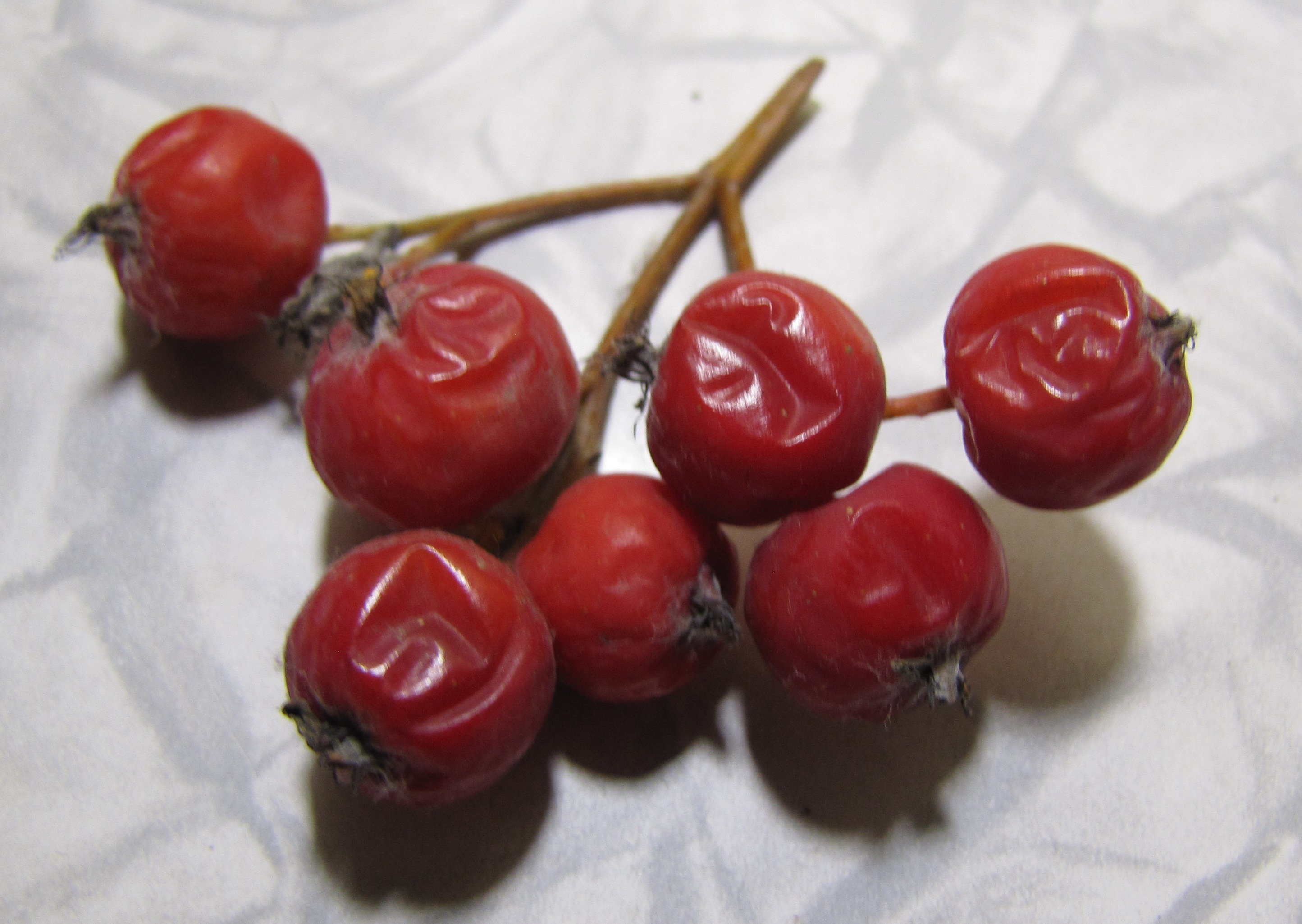
Hedlundia hybrida fruit, ammonia and nitric acid |

|
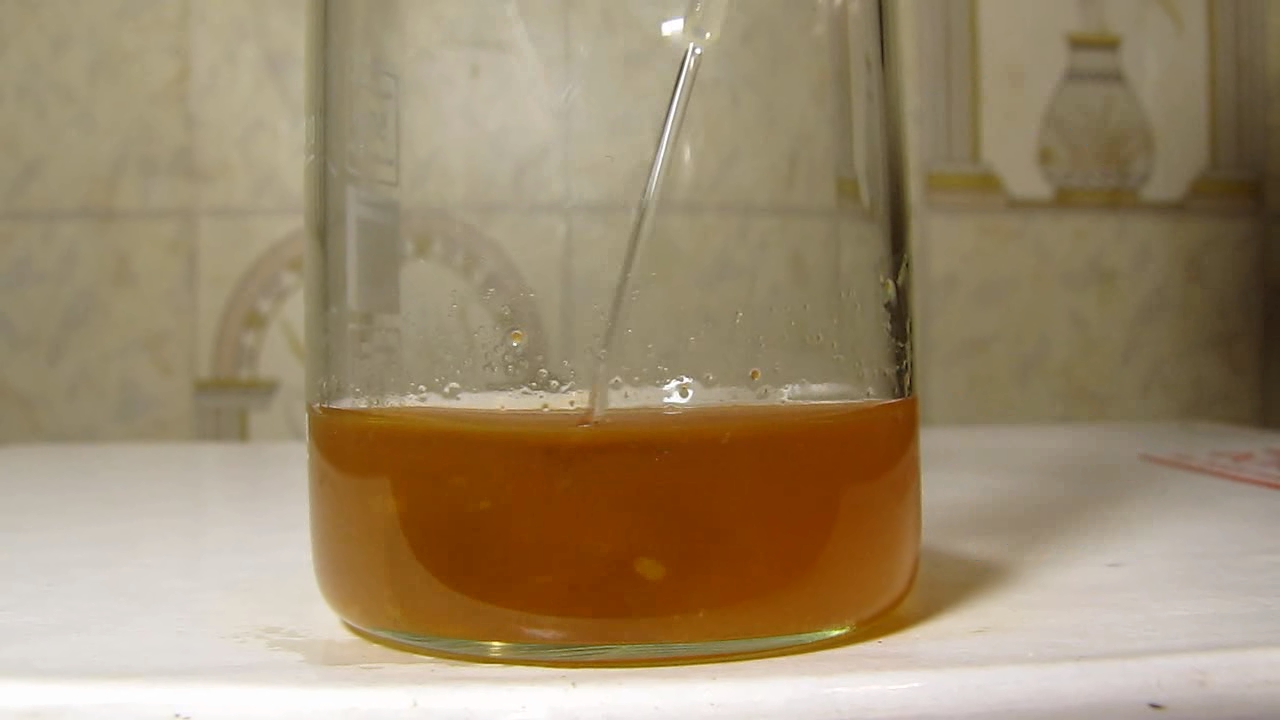
|
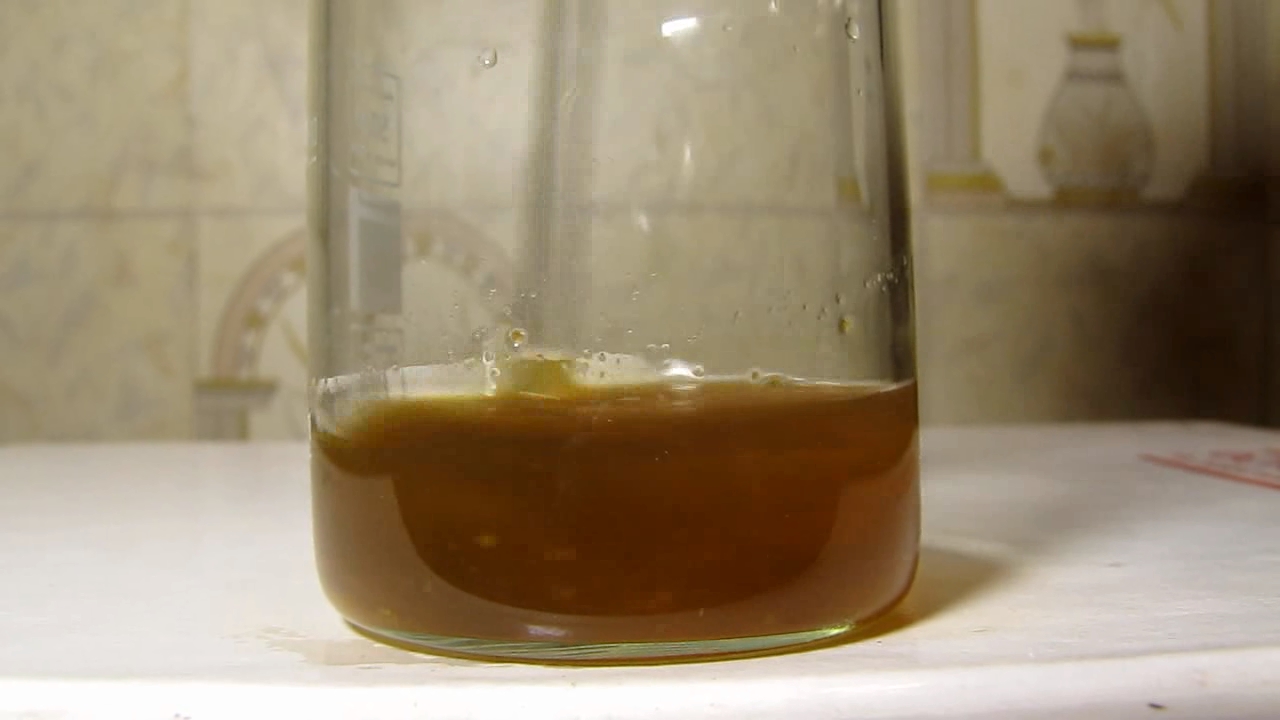
|
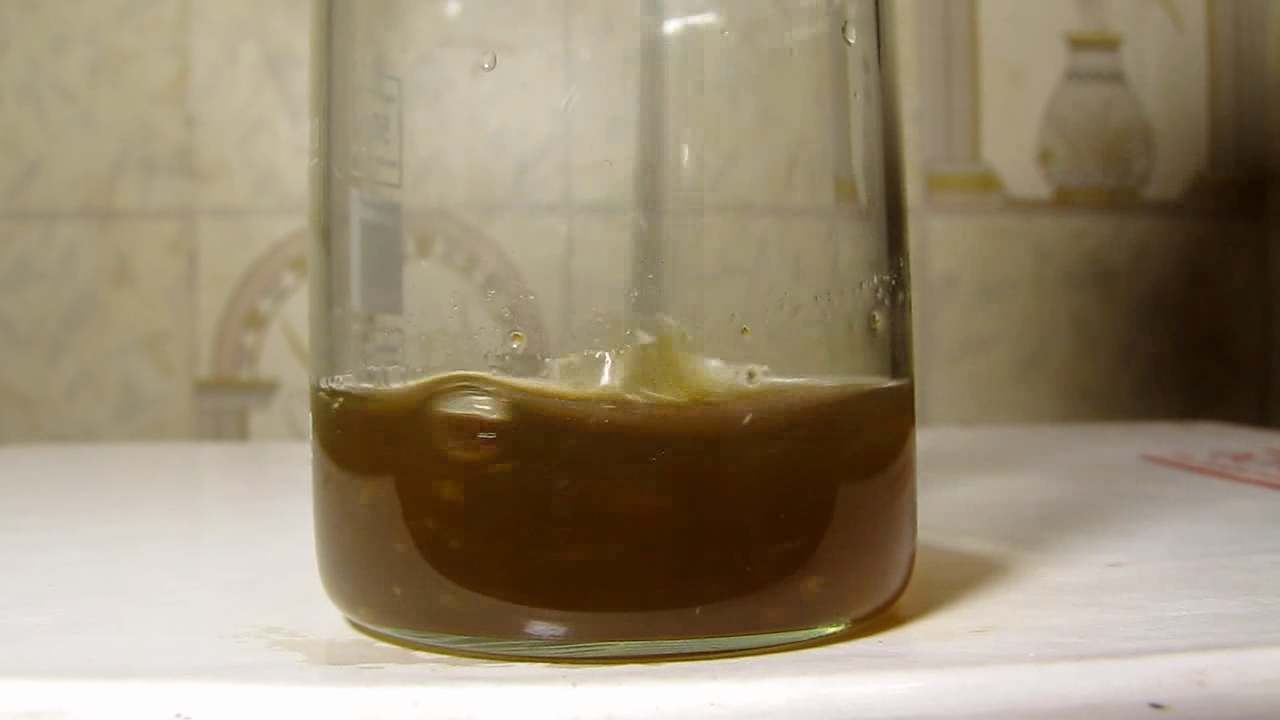
|
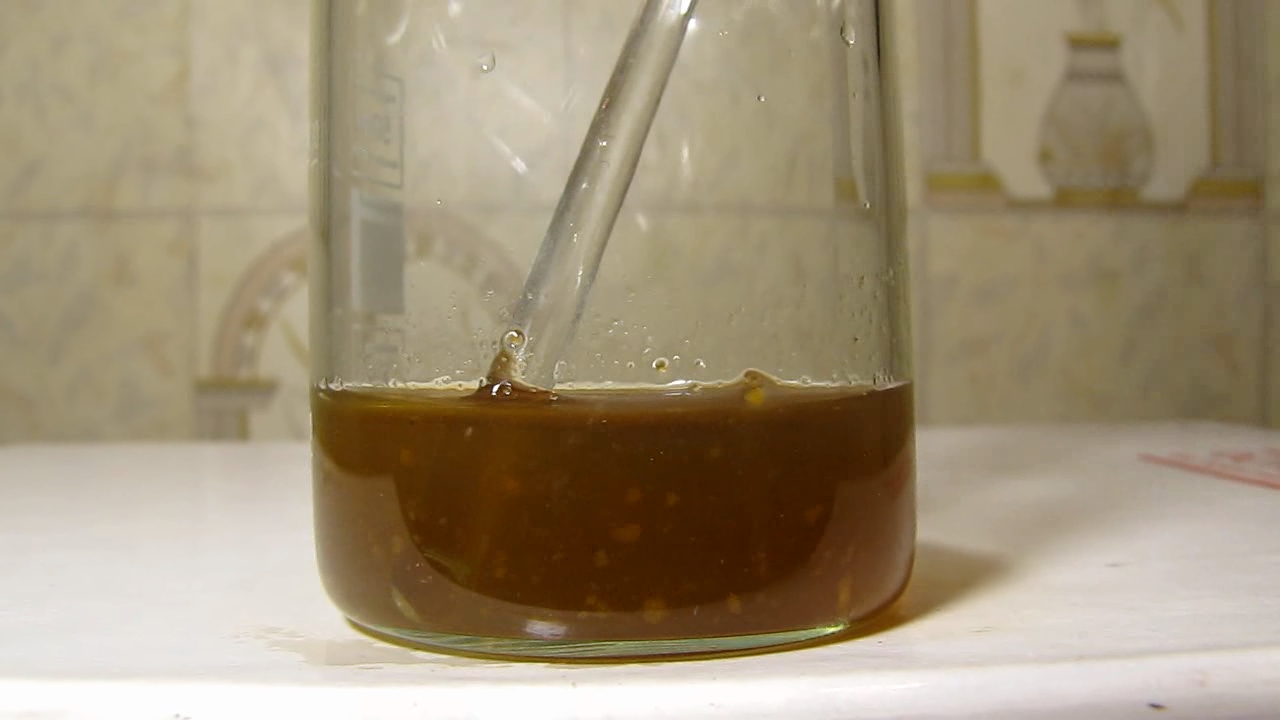
|

|
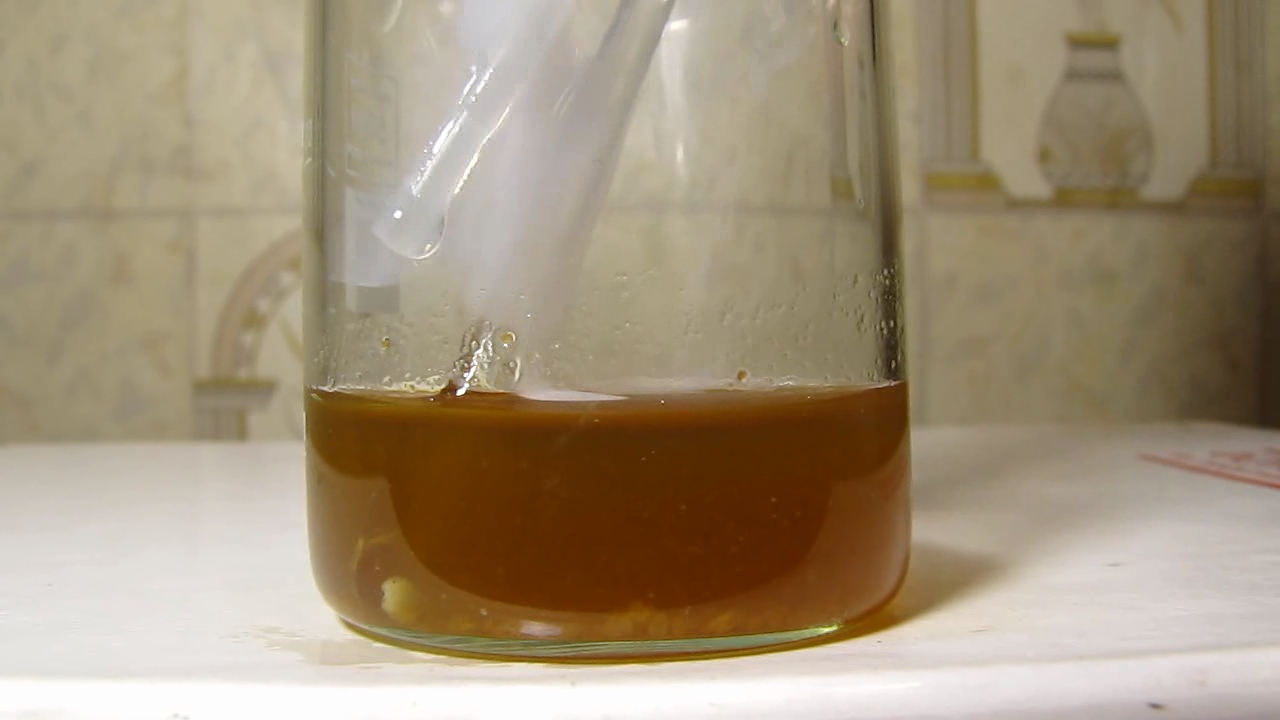
|
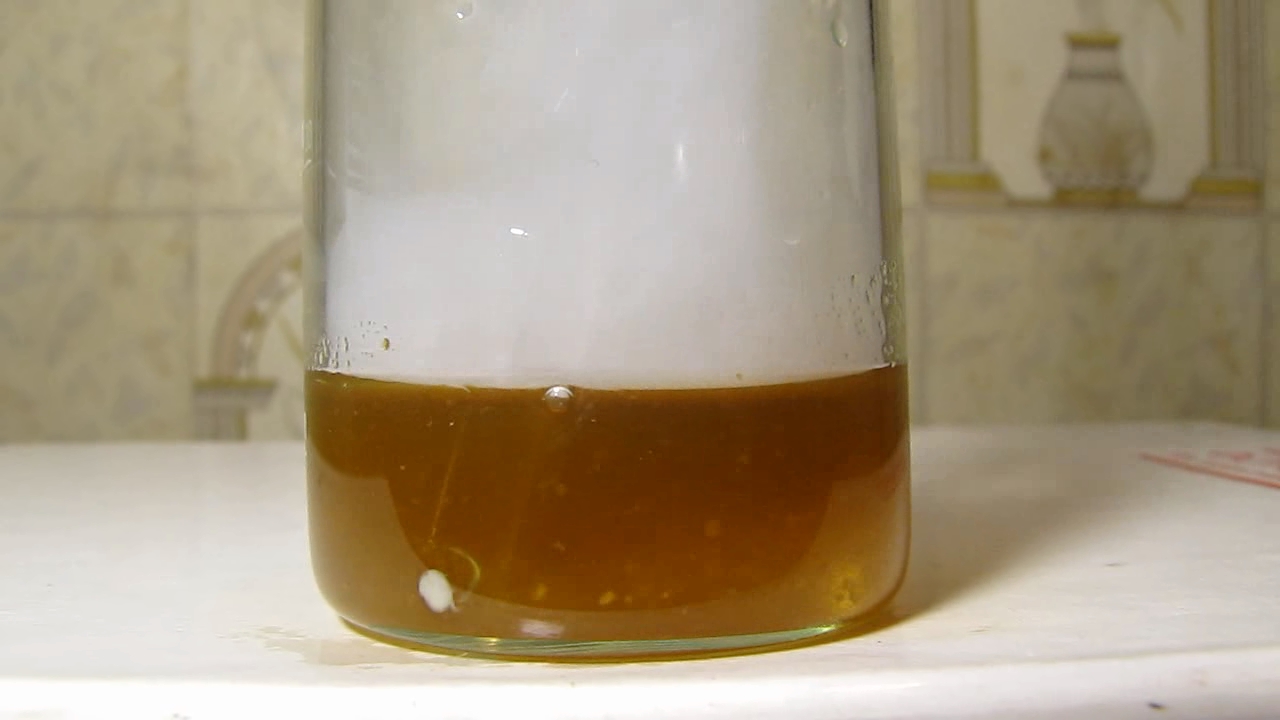
|

|

|

|
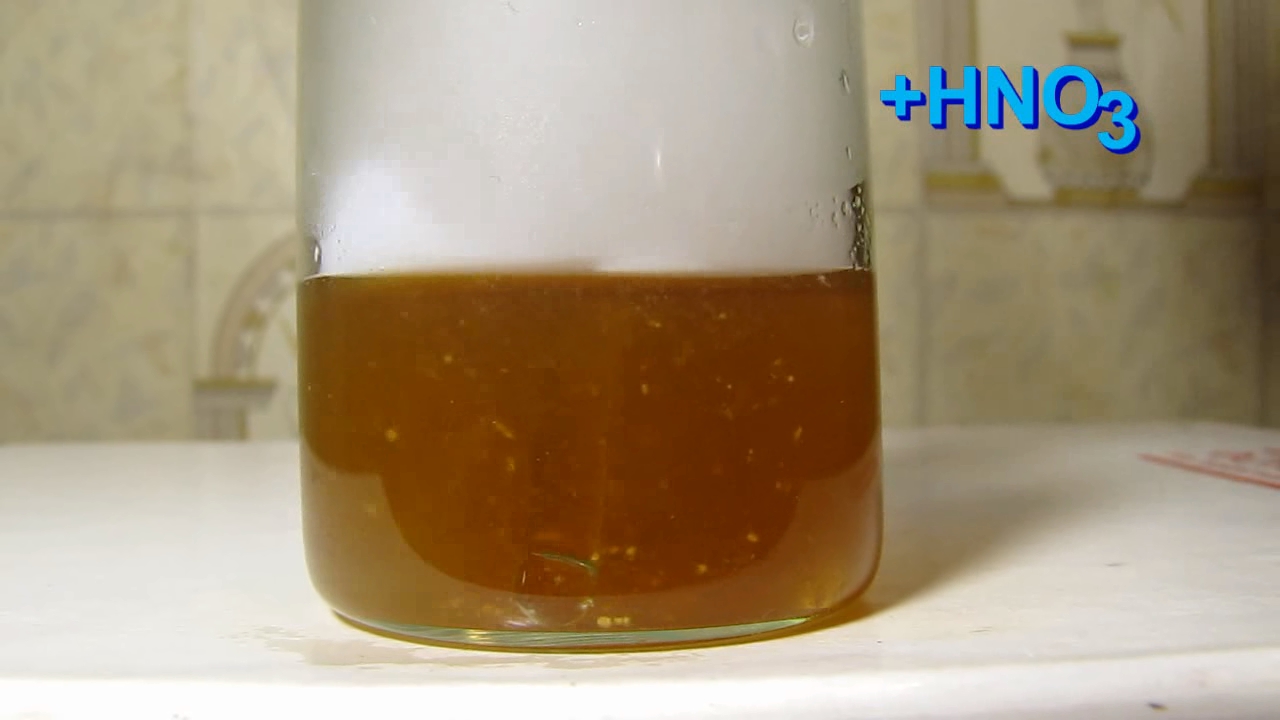
|

|

|

|

|
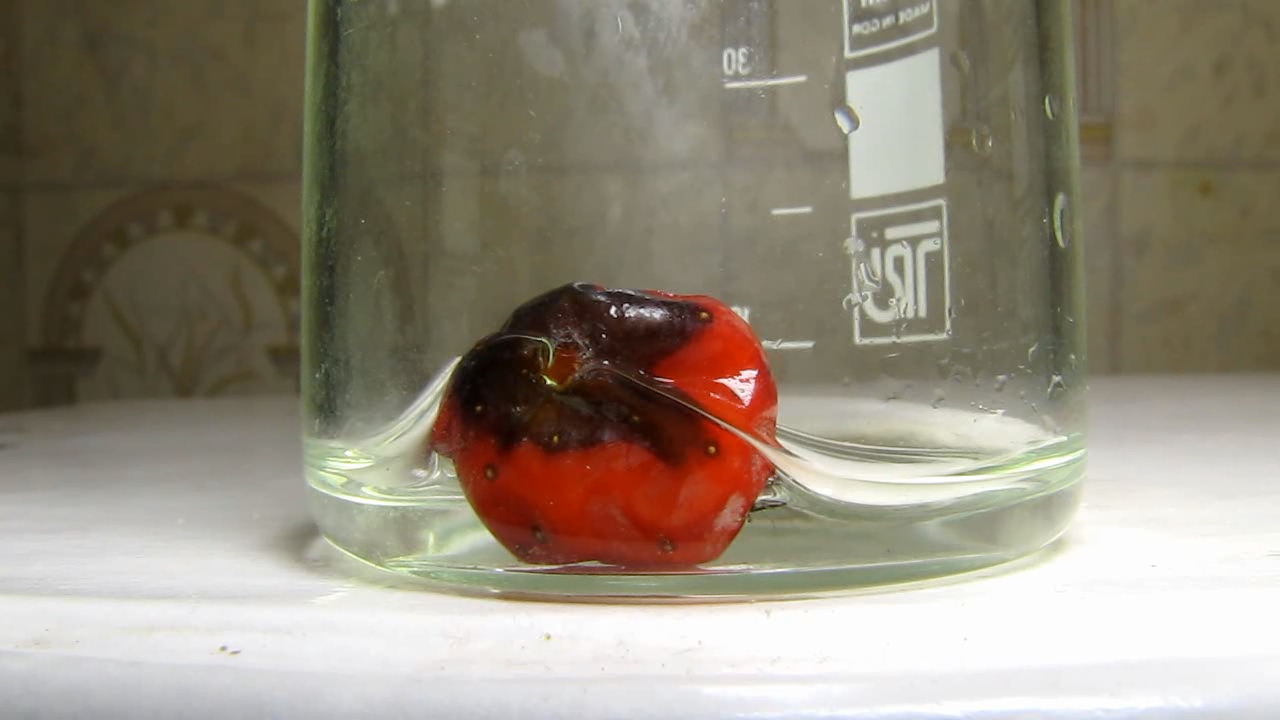
|
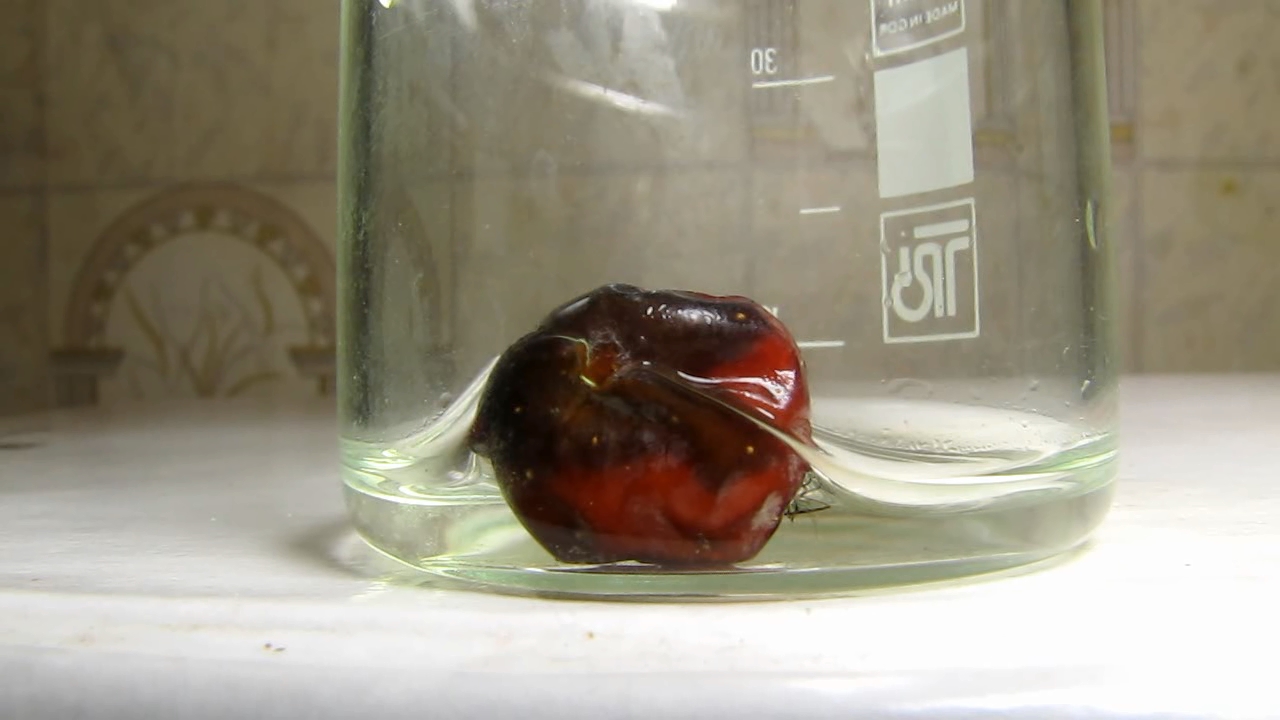
|
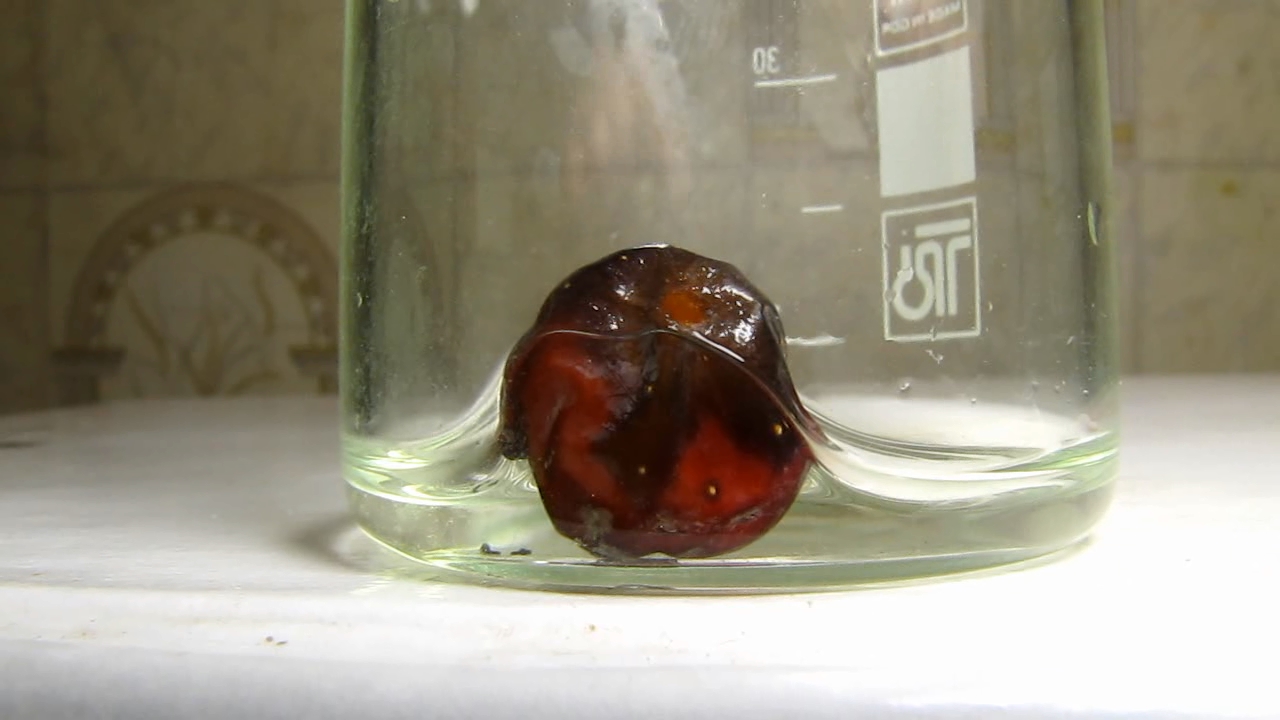
|

|
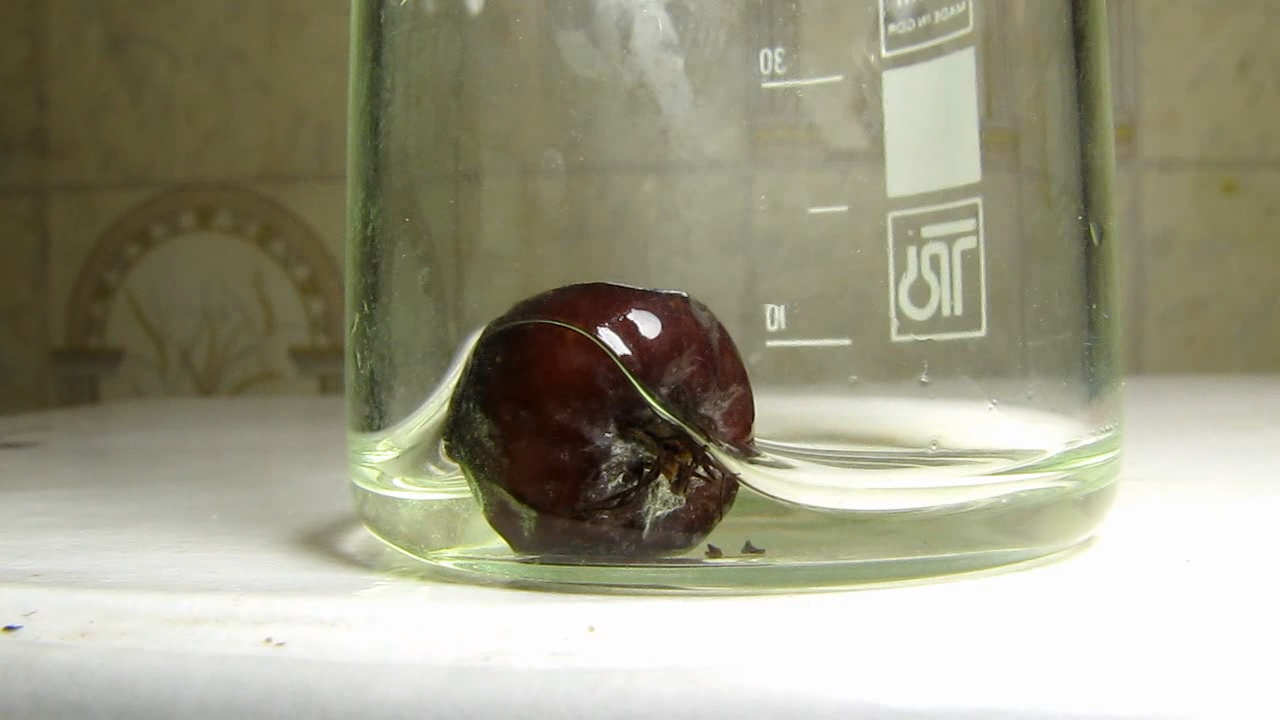
|
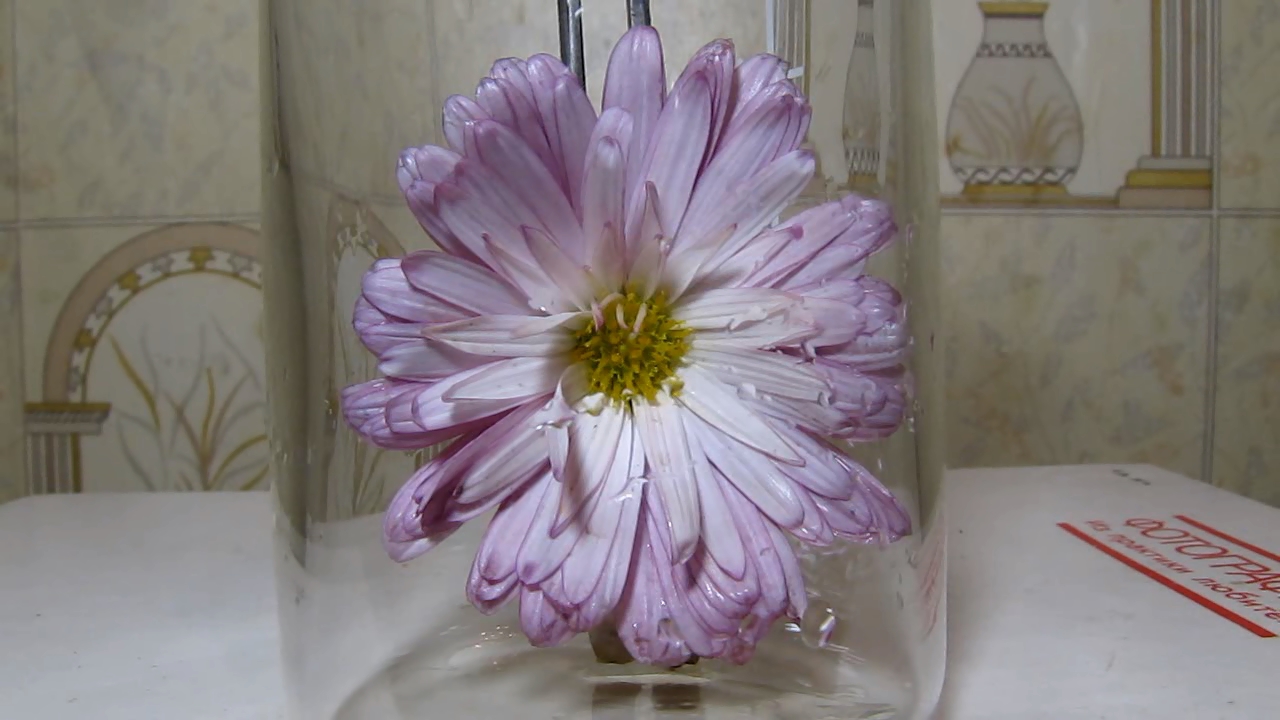
|
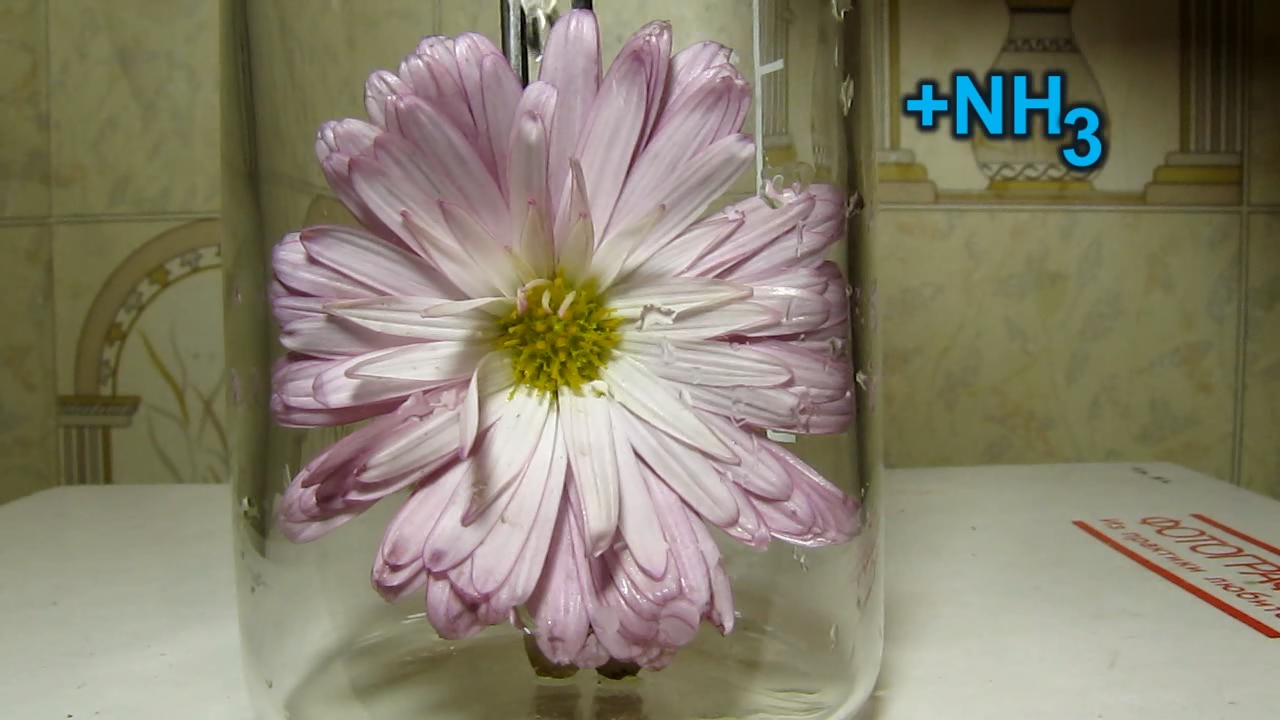
|
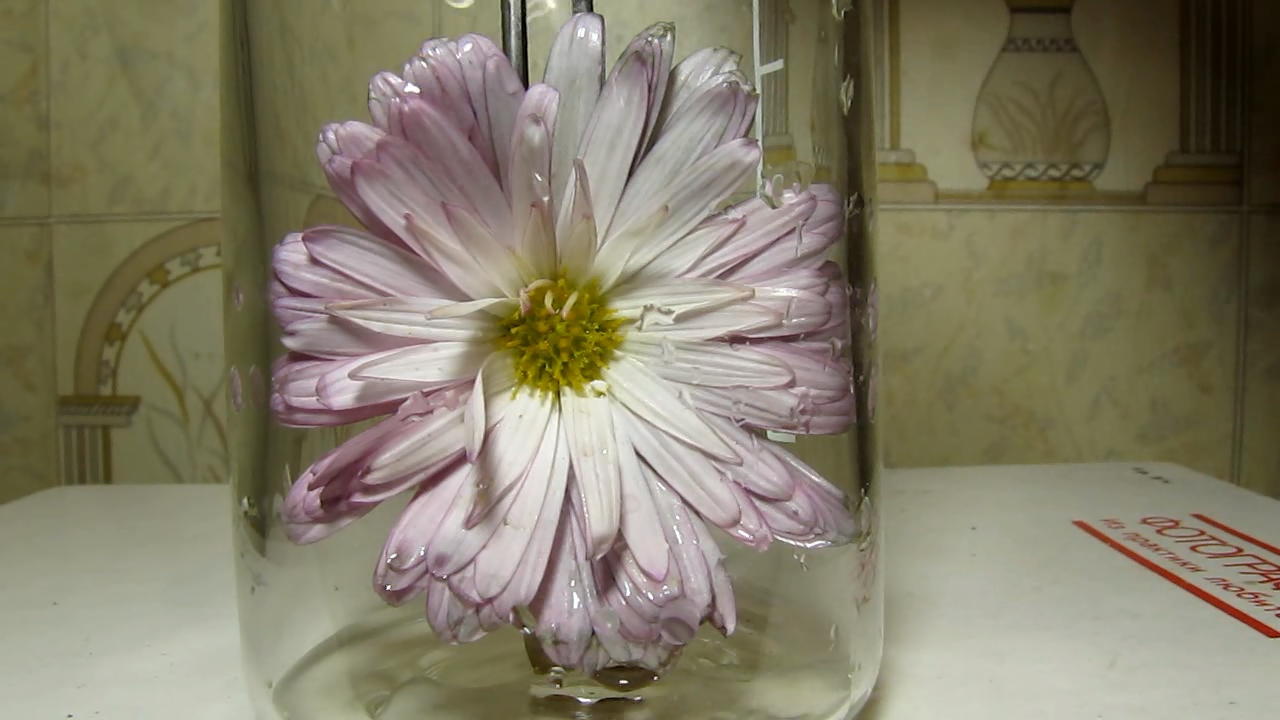
|
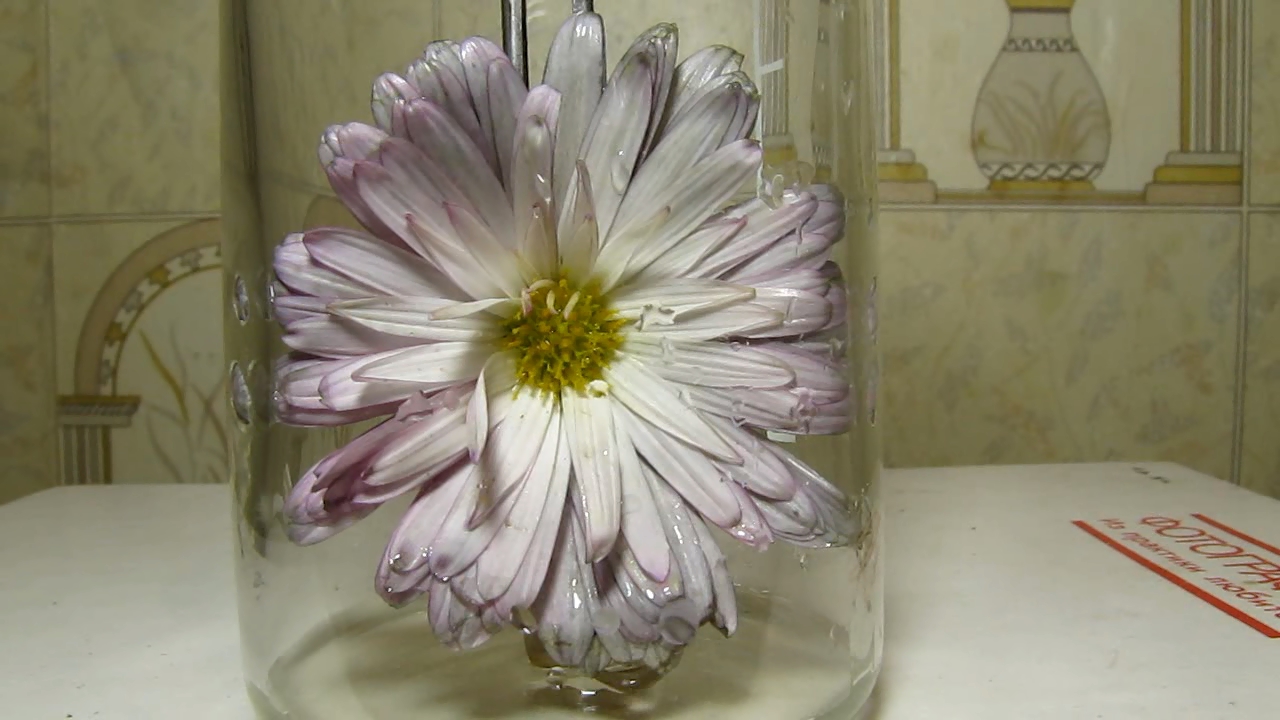
Pink chrysanthemum and ammonia |
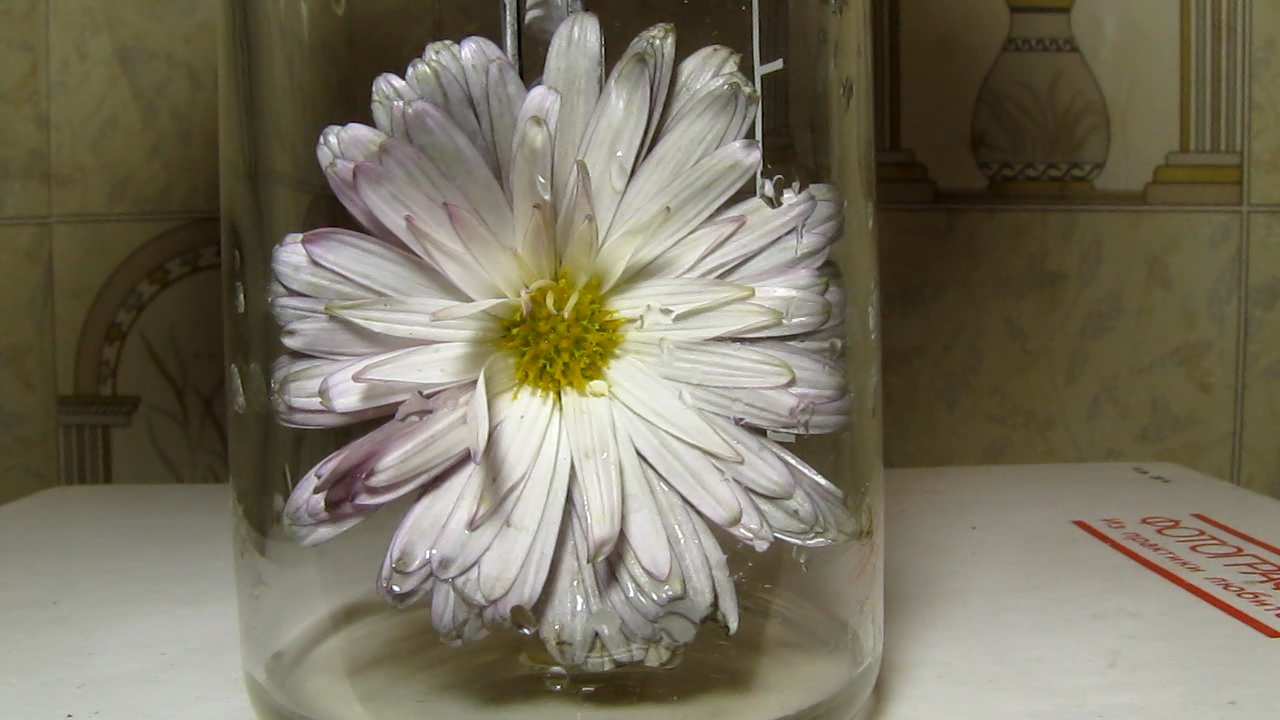
|
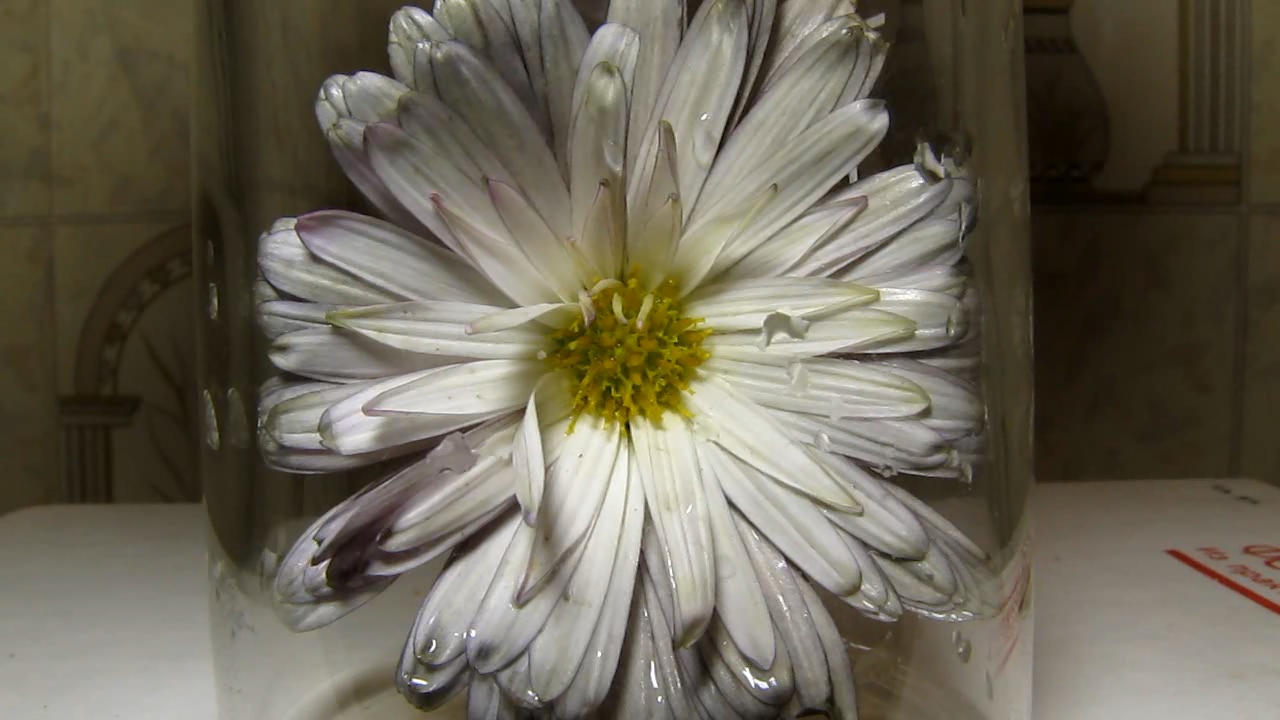
|

|
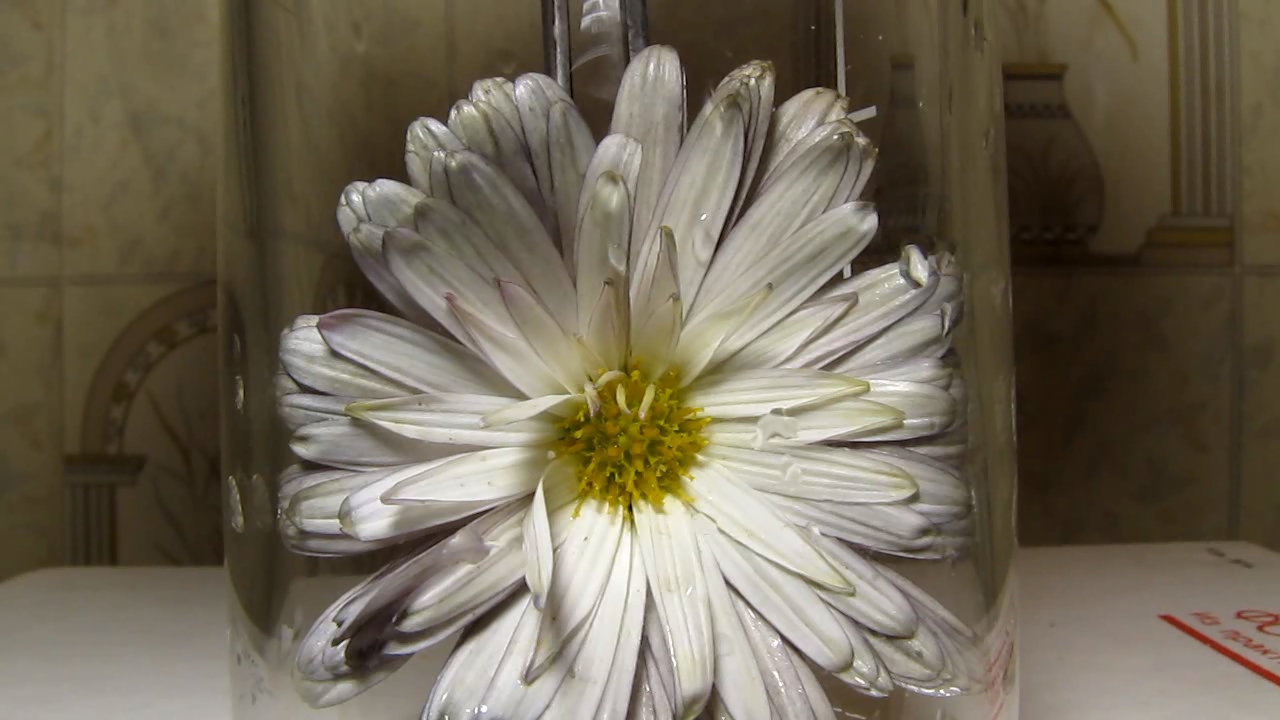
|

|

|
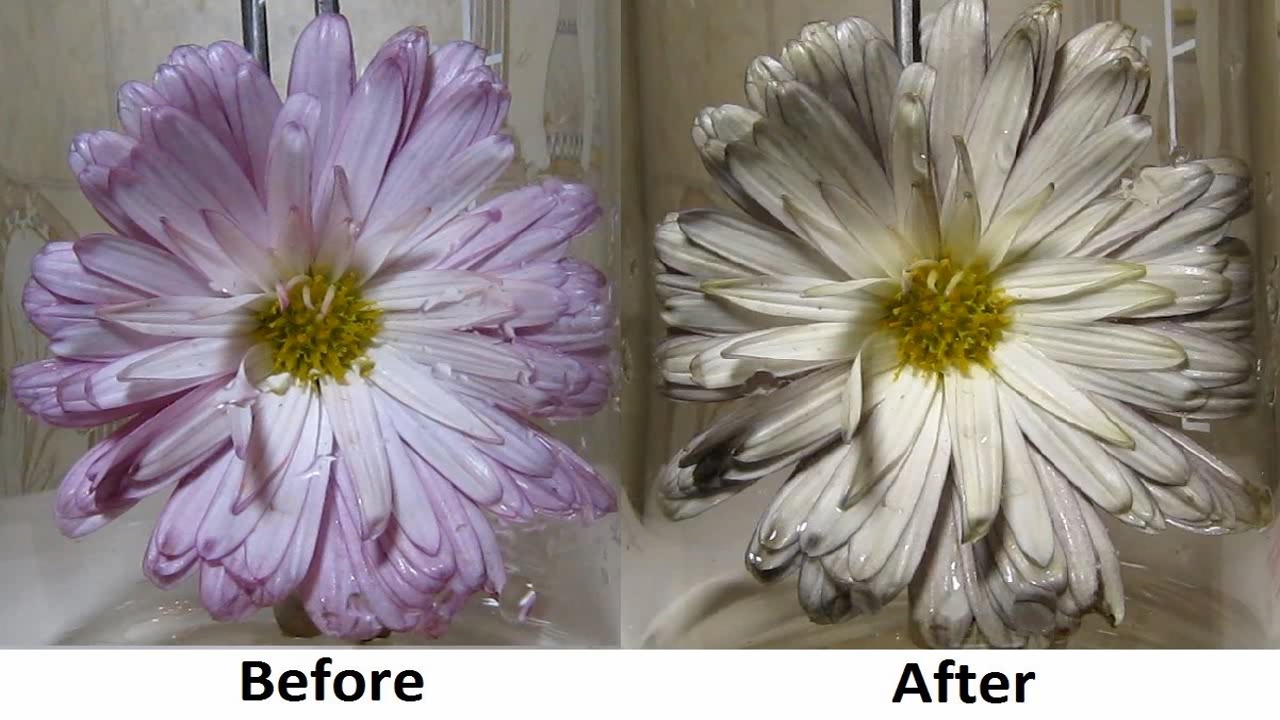
|
|
Комментарии
К1
А этот вид рябины съедобный?Я почему спрашиваю. Мне нравится варенье из черноплодки. На самом деле, черноплодка - не рябина, а арония, так писала ХиЖ недавно. Варенье заготавливаю сам по осени. Для лучшей сохранности раньше добавлял плоды красной рябины, они содержат натуральный консервант - сорбат. А последние годы я обленился и стал добавлять синтетический бензоат натрия. К1-1 Пробовал плоды - на вкус примерно, как Рябина обыкновенная. Чтобы у нас эти ягоды кто-то ел (или использовал для приготовления блюд), я не слышал и не читал. С другой стороны: съедобны ягоды или нет, вид для нас новый и он у нас мало распространен, поэтому неудивительно, что эти ягоды не используются (в т.ч. и в пищу). К2 Я уже упоминал в теме о растениях о рябине дуболистной она же скандинавская, у нас сейчас ее везде сажают в качестве озеленения. Плоды я пробовал, они не горькие, как у рябины обыкновенной и не вяжут, как у черноплодной. К3 Причём сажают её семенами, так что плоды от растения к растению разные. Около нас раньше росло 10-15 деревьев, так вкусные плоды были на 2-3, остальные просто съедобные. |